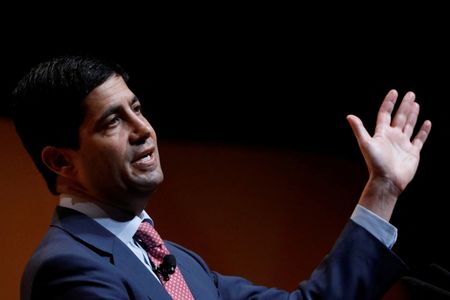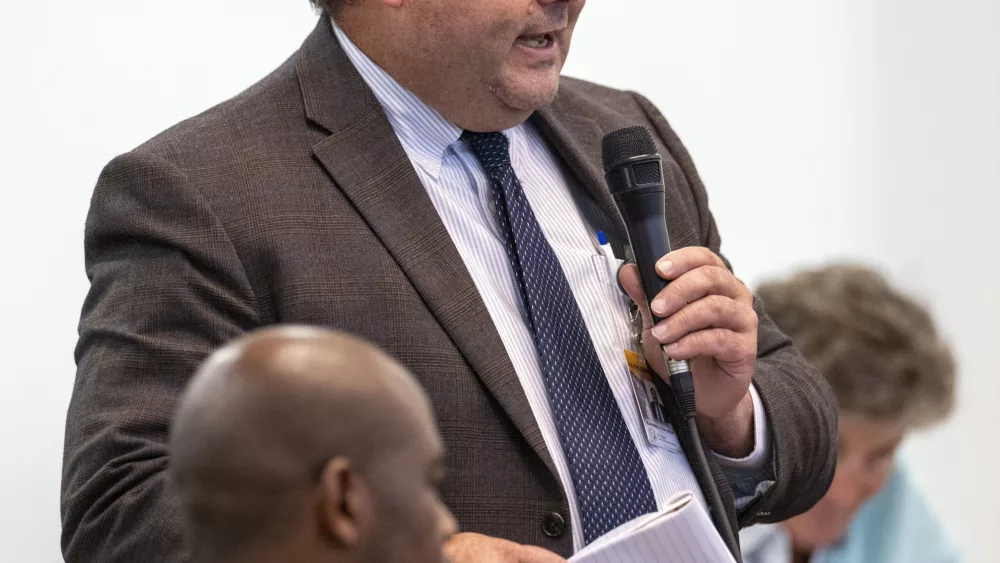By Lisa Baertlein
(Reuters) – A U.S. Supreme Court decision limiting federal regulatory powers to interpret ambiguous laws could undermine President Joe Biden’s effort to cut tailpipe emissions from the nation’s vehicle fleet, two environmental law attorneys told Reuters.
In a decision released on Friday, the justices ruled 6-3 to overturn a 1984 precedent known as the “Chevron deference” which required judges to defer to reasonable federal agency interpretations of U.S. laws deemed to be ambiguous, like the Clean Air Act.
While the ruling from the nation’s highest court could make it harder for federal agencies to defend stringent regulations around a variety of environmental, healthcare and other laws, the attorneys told Reuters that Biden’s efforts to slash planet-warming greenhouse gas (GHG) emissions from cars and trucks could be particularly vulnerable.
That’s because the rules target mobile sources of greenhouse gas rather than stationary ones like power plants, even though environmental laws are ambiguous on whether regulators have the mandate to do that.
“There have been longstanding debates about whether and to what extent the (U.S. Environmental Protection Agency) has the authority to regulate emissions from mobile sources,” said Sherry Jackman, an environmental litigator and compliance counselor at Greenberg Glusker in Los Angeles.
Transportation accounts for about a quarter of U.S. carbon output and is a crucial target for the Biden administration as it seeks to decarbonize the economy to fight climate change.
David Pettit, senior attorney for climate and energy with the Natural Resources Defense Council, predicted that critics would use the Chevron decision to launch new attacks on vehicle rules that regulate greenhouse gases.
“One of the ways that industry, particularly the oil industry, is going to try to use the Chevron decision is to say that EPA did not have the legal ability to decide that the Clean Air Act covers GHG emissions from mobile sources, because it doesn’t say that in the Clean Air Act,” Pettit said.
A spokesperson for the EPA did not immediately respond to a request for comment.
Environmental groups said the EPA’s other landmark climate rules, including its rule requiring emissions cuts from power plants, appeared to be on more solid footing, and that the agency in recent years had sought to write regulation without relying on the Chevron deference.
Interest groups including automakers, oil companies, corn and soybean growers have already launched myriad administrative and legal challenges to the Biden administration’s plan to cut vehicle emissions, arguing that the rules would force everything from passenger cars to 18-wheelers to go electric.
They have had success watering down EPA tailpipe emissions rules in the past and some of their challenges are still pending and could be subject to the Supreme Court’s Chevron decision.
(Editing by Richard Valdmanis and Mark Porter)
Brought to you by www.srnnews.com







